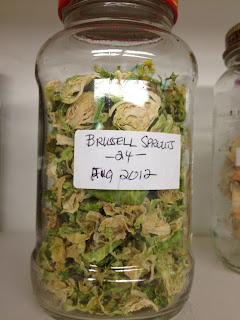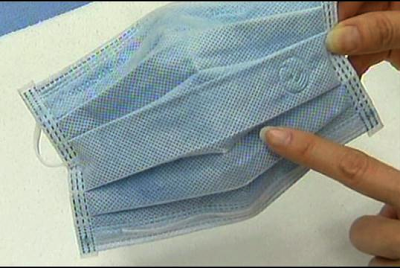 |
| One Day's Rations of the Basic Survival Foods |
The FIVE basic survival foods you should be storing are:
1. Grains (Rice, Pasta, Wheat, Oats, Cornmeal)
One adult needs 3.5 kg or 7.5 lb of grains for one week
2. Legumes (Beans, Peas, Lentils)
One adult needs 1/2 kg or 1 lb of legumes for one week
3. Fats and Oils (Vegetable Oil, Mayonnaise, Peanut Butter, Olive Oil, Shortening)
One adult needs 3/4 cup of fats or oils per week
4. Salt
One adult needs 70 grams or 2/3 cup of salt for one week
5. Water
One adult needs between 1 to 3 L of water daily which is 7 to 21 L of water per week. Water requirements depend on the temperature, the amount of exercise the person is doing (how hard they are working) and their body weight.
I also include in my basic survival needs plan Sugar (sugar or honey) and Milk (powdered or canned)
Sugar (sugar, honey)
For one adult you should have 1/2 kg or 17 1/2 oz. or just over 2 cups or 1 lb of sugar per week
Milk (powdered milk, canned milk)
For one adult plan on 140 grams or about 1 cup of milk per week
These 7 essential basic foods will keep you alive for one week. You won't have very interesting or fun meals as you will mostly be eating such things as rice and beans but you'll survive.
Note that there are only 15 L of water (30 bottles) in this photo on the right. I personally store the maximum per adult per week which is 21 L.
I've included oatmeal and rice as my weekly grains as that gives me more variety in meals. What meals can I make with these basic foods?
Not much! That's the reality. But I can make hot oatmeal every morning with a bit of sugar (or honey)
I can make beans and rice for supper. Lunch could be lentil soup. I think you get the idea.
Remember, these are BASIC survival rations. They will keep ONE adult alive for ONE week.
I'll show you how to expand your food rations and make more variety of meals cheaply and easily in future blog posts.











